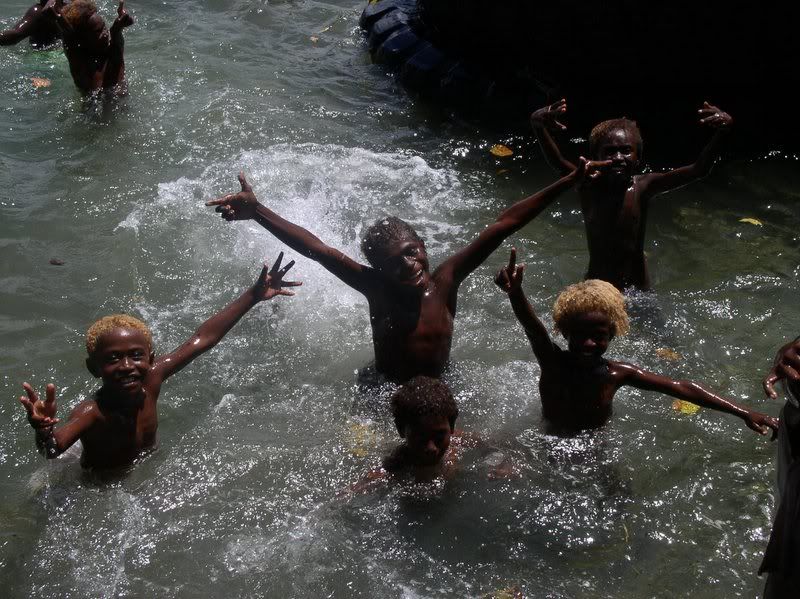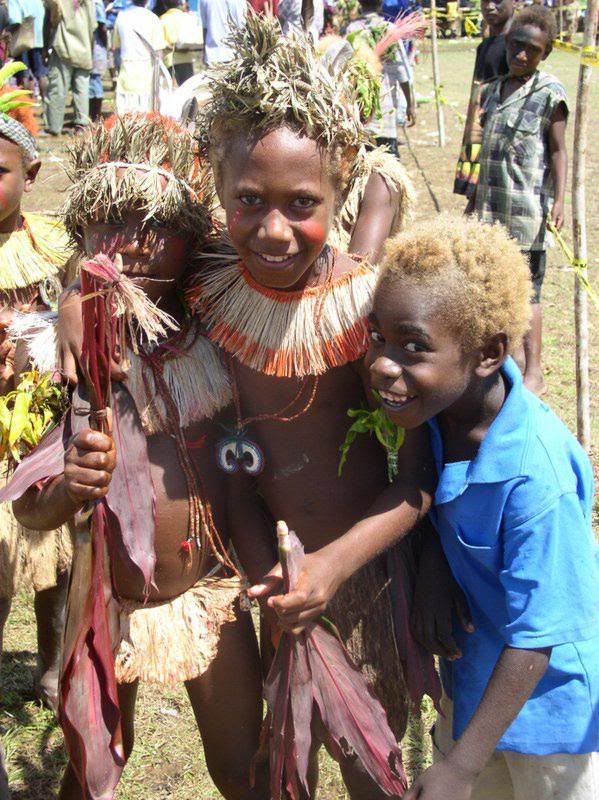I've probably been a bit heavy on the editing images side, of digital photography, in the past week, so I'll change track. Digital images are wonderful things, they don't just have to be printed out to be appreciated. In fact I think that the alternate uses of digital images will be the next big thing, simply because people will be creating so many, and cameras in phones might be more important in establishing this trend than digital camera.
Check in from time to time and I'll run through a few of these alternative ways to use digital images. Today I'll just show you one of the simplest and probably the most statisfying places to use your digital images. I'll use a space that is probably looking at you right now. Your computer screen background. (or desktop wallpaper in 'window's jargon). Changing it is one of the easiest ways to personalize your computer.
- Most of the upload and management software that comes with cameras these days, comes with a feature which will let you directly paste an image into your desktop wallpaper. I think the best general class name for this type of software is Photo Album, look over under a menu item like Output, Save Picture, or even Fun Stuff & look for a save as desktop wallpaper option.
- If you can not find such an option, you can use your favorite net browser (like interent explorer) Did you know you can type in your disk and directory names and look at things on your own computer.Eg (C:\Documents and Settings\Your Name\My Documents\My Pictures\ ). When you have the image you want displayed right click the mouse over the image, and look for a Save As Desktop Wallpapaer (or Background) option in the little pop up menu.
- If you are a bit more computer savvy you might prefer to use the control panel, and display properties/desktop setting to change the wallpaper There are a few more options available here such as center, stretch and tile.
Here are a couple of images of Lihir wallpapers I've made. If you want a bit of a tropical feel in your work space, click on the image below, to see the higher resolution image, then follow step two above, that is right click you mouse on the image.
These are couple of personal wallpapers I've made for colleagues here. Dave got a new dual processor, so what better that a close up of the workings for his wallpaper. Jacqui, took this lovely photo of a green lizard, I added some nice green leaves. The creative potential is endless.






